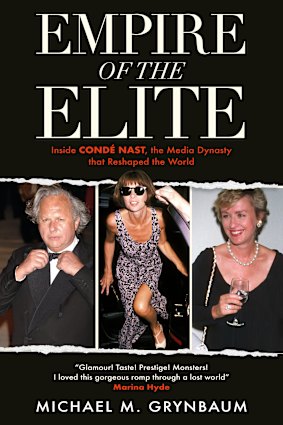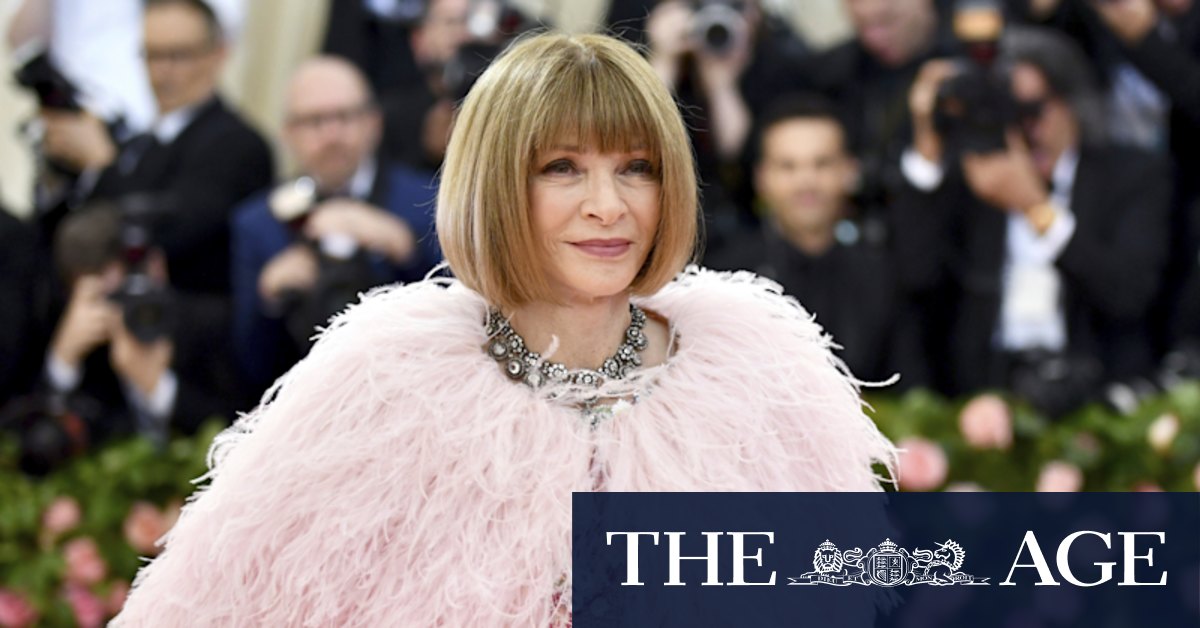
MEDIA
Empire of the Elite: Inside Condé Nast, the media dynasty that reshaped the world
Michael M Grynbaum
Coronet, $34.99
Eileen Ford. Richard Avedon. Fran Lebowitz.
If you had recognised these three names, you would have been one step closer to working at Vogue in the 1990s. These public figures were listed on a set of typed pages that candidates had to identify during an interview with the storied fashion magazine.
For a media institution that set standards for cultural taste and commodified luxury leisure, this was a literal and symbolic test for gaining access to the company’s rarefied world. Michael M Grynbaum, a media reporter for The New York Times, now takes some of its shine off in his robust retelling of the making – and unmaking – of the magazine empire.
With publications like The New Yorker, Vanity Fair and GQ, the company once wielded unparalleled cultural influence. “For decades, one company … told the world what to buy, what to value, what to wear, what to eat, even what to think,” Grynbaum writes. But in the past two decades, the internet and social media has eroded the power of print media and democratised taste-masking. Influencers now exert greater sway than magazines.
The company started at the turn of the 20th century when the namesake Condé Montrose Nast began building his stable of publications. In 1909, he made a savvy move in acquiring Vogue – a fashion magazine for old-money readership – and reoriented its message as “inclusive exclusivity” to the middle class. Like its later incarnation, Vogue became a major “global tastemaker”.

Anna Wintour, a former Vogue editor and global chief content office of Condé Nast.Credit: AP
Nast’s publications, like House & Garden and Vanity Fair, would enjoy a heyday until the 1940s. After the end of World War II, readers turned away from these periodicals to more moderate outlets such as TIME and Reader’s Digest. Samuel Newhouse, a media baron making his fortune in newspapers, acquired the Condé Nast titles during the decline, and later split his media assets between his two children.
Newhouse’s younger son, Samuel Irving “Si” Jr., took the temperature of changing attitudes in 1980s America and chose to embrace the excess and opulence of the decade. Vanity Fair, GQ and Vogue would glorify a luxurious lifestyle, pushing refined taste, style and fashion in an era defined by conspicuous consumption and self-obsession.

